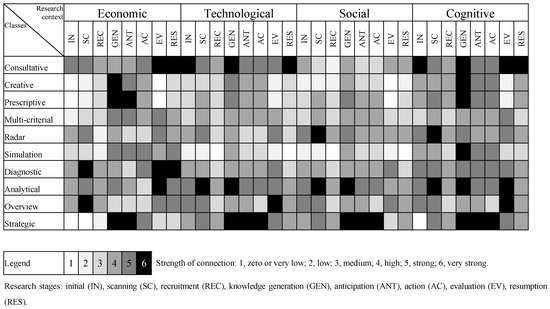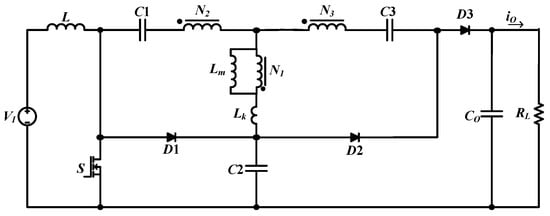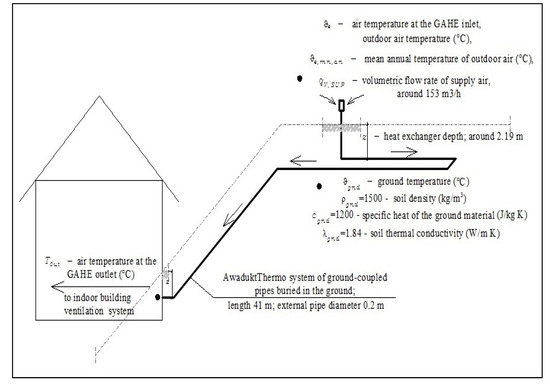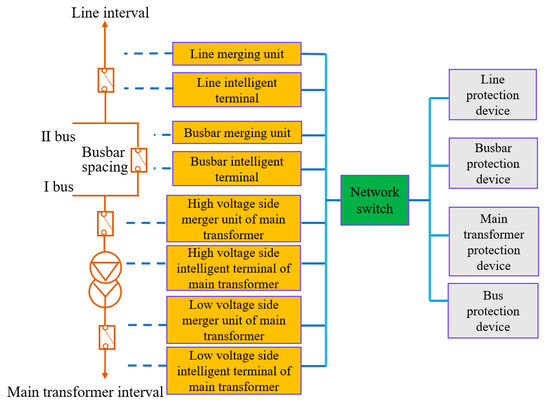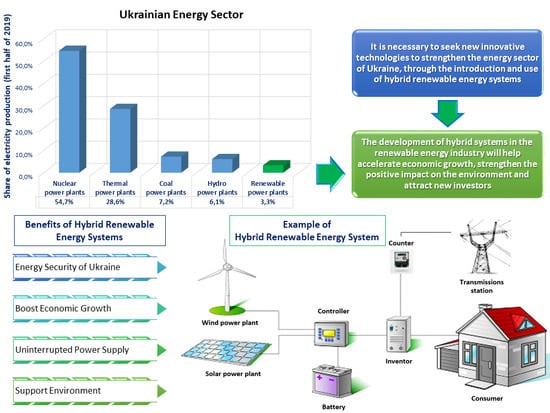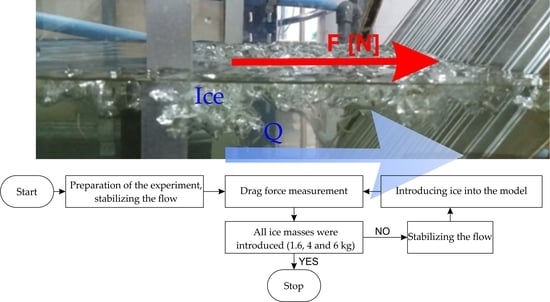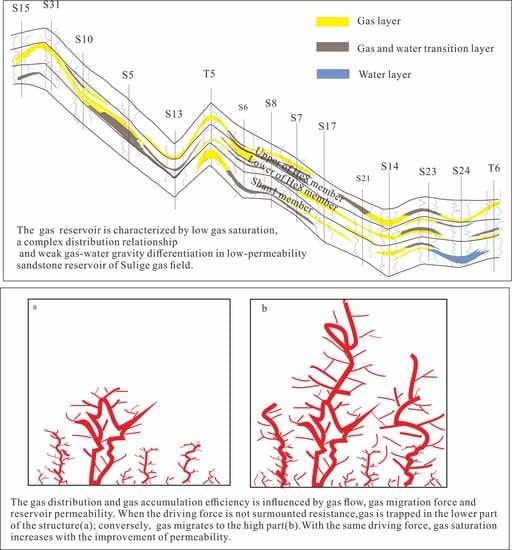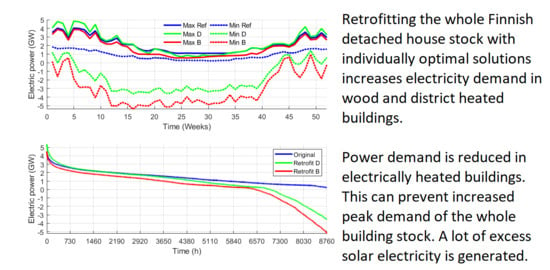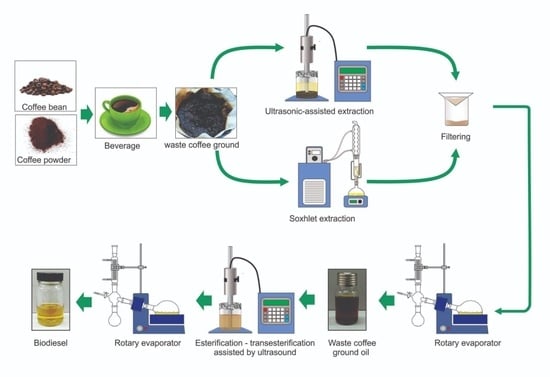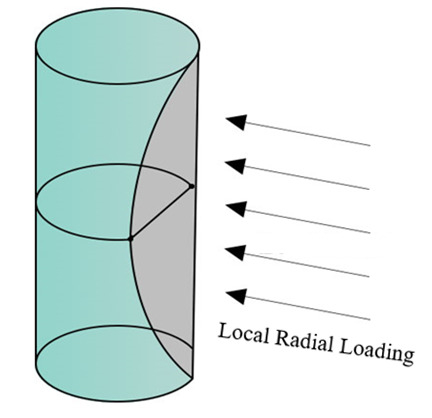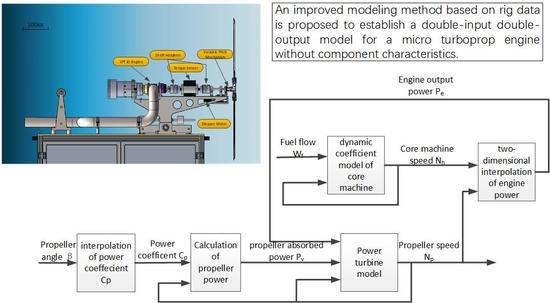Faculty of Engineering Management, Bialystok University of Technology, Wiejska 45A, 15-351 Białystok, Poland
Energies 2020, 13(7), 1782; https://doi.org/10.3390/en13071782 - 7 Apr 2020
Cited by 45 | Viewed by 7669
Abstract
Global change, including population growth, economic development and climate change constitute urgent challenges for the smart cities of the 21st century. Cities need to effectively manage their development and meet challenges that have a significant impact on their economic activity, as well as
[...] Read more.
Global change, including population growth, economic development and climate change constitute urgent challenges for the smart cities of the 21st century. Cities need to effectively manage their development and meet challenges that have a significant impact on their economic activity, as well as health and quality of life for their citizens. In the context of continuous change, city decision-makers are constantly looking for new smart tools to tackle it. This article addresses this gap, indicating foresight as an effective tool that anticipates the future of a smart city. Its aim is to develop a methodology for planning and implementing a vision of smart city development based on foresight research. The proposed methodology consists of five stages and was developed with the use of methodology for designing hybrid systems. It is an organised, transparent and flexible process which can facilitate the development of sustainable and smart future visions of smart city development by virtue of the involvement, knowledge and experience of a large number of urban stakeholders at all stages of its creation. The article discusses in detail the operationalisation of each stage of the methodology in which the following main methods were used: megatrend analysis, factors analysis: social (S), technological (T), economic (E), ecological (E), political (P), relating to values (V) and legal (L) (STEEPVL), structural analysis, Delphi, creative visioning, scenarios and identifying actions related to the development of a smart city, divided into four categories: new, so far not undertaken (N); implemented so far, to be continued (C); redundant, to be discontinued (R); actions that have been implemented in the past and to be restored (R) (NCRR). The summary enumerates the benefits that foresight implementation can bring to the smart city.
Full article
(This article belongs to the Special Issue Energy Economics and Innovation of Smart Cities)
▼
Show Figures

